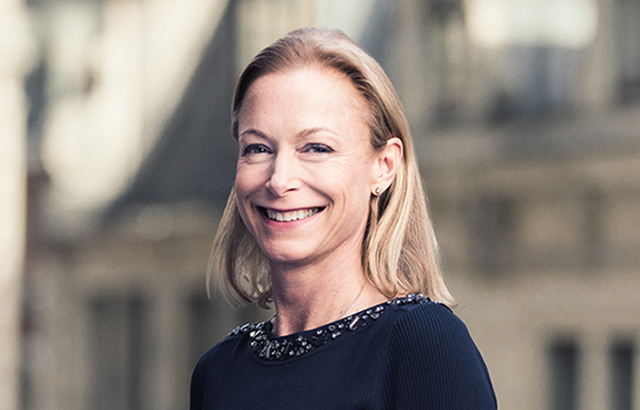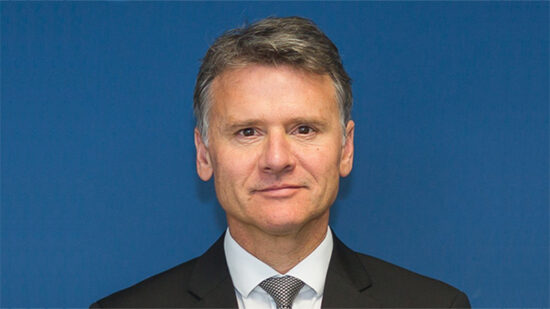As we near the end of 2023, we are at a crossroads for both economies and investments, writes Brooks Macdonald’s Henrietta Walker.
During 2023 sentiment has oscillated widely between two different investment scenarios, the glass-half-full camp and the glass-half-empty camp. The challenge is to construct portfolios while recognising that either scenario could occur and given that uncertainty is prevalent, we believe that maintaining balance is key.
See also: Markets can still thrive with higher interest rates
2023 has been a year in which investment markets have encountered cross winds. On the positive side, equity markets have benefitted from a new age in technology, driven by generative artificial intelligence (AI). At the same time, geopolitical risks have heightened with ongoing conflict across the world and the China-US relationship remaining fraught.
Inflation is forefront of policymakers’ minds and, with interest rates clearly in restrictive territory, certain observers are waiting for the full impact of higher interest rates to see whether consumers and companies remain solvent while policy makers wait for inflation to fall further. As we consider the investment outlook, the challenge for asset allocators in 2024 is how to take a calculated position to keep exposure to more than one economic scenario materialising.
The age of generative AI
After a bruising 2022 for both equities and bonds, 2023 has seen a recovery in equity markets. This improvement was driven by the impressive performance of a small number of technology-related names which are perceived to be beneficiaries of AI.
See also: Tech funds top the rankings for 2023
The exciting question surrounding AI is the size of the productivity gains it can enable across the whole economy. The US National Bureau of Economic Research looked at a staggered introduction of a generative AI-based conversational assistant and found that access to the tool increased productivity by 14% on average. Clearly gains of this magnitude will help keep a lid on the effects of higher interest rates and wage costs.
Corporate earnings growth remains robust
After the post-pandemic recovery boost, corporate earnings growth expectations are lower but still in positive territory. For Q3 2023, with more than 99% of S&P 500 companies having reported results, 82% of S&P 500 companies have reported better than expected earnings. Looking ahead to 2024, current consensus estimates point to a healthy expected annual US company earnings growth rate of over 11%. The operating environment is also becoming more favourable: post pandemic supply chain disruptions have ceased and trade volume growth of 3.3% in 2024 is expected, compared to 0.8% in 2023.
Economic growth picture still mixed
Central banks continue the fight of bringing down inflation and ensuring financial stability, while avoiding a recession. The three main regional drivers of growth are the US, Europe (including UK) and China. The US reported annual real GDP growth of 4.9% in Q3 2023, while in China the IMF forecasts real GDP growth in 2024 of 4.6%. However, the picture in Europe and the UK is less rosy, with the IMF forecasting growth of less than 1% in 2023 and only a modest recovery in 2024. These differences illustrate the importance of using an asset allocation framework that can adjust for regional differences.
Investors face three outcomes for economic growth: first, a hard landing; second, a soft landing; and third no landing. The first outcome would imply a reduction in equities and added longer duration bonds, however if the third were to materialise, it would be the opposite. Over the course of the year, the soft landing outcome has become more likely but far from certain.
Bonds: Income is back
Over the course of the past two years, the rise in bond yields has meant that bonds can once again provide a counterbalance to other asset classes within portfolios. However, in our view, it is too soon to increase duration significantly, given the risk that inflation may persist for longer. Within corporate bonds we continue to prefer higher quality investment grade bonds over the more speculative high yield, as we believe the additional yield available does not adequately compensate us for the additional risk.
The equity barbell remains in place
Since the pandemic, the leadership style of the equity market has changed more frequently and become more pronounced. For this reason, we have implemented a barbell approach to equity portfolios, whereby we aim to achieve an equal weighting of both value and growth investment styles.
Given the range of possible economic scenarios together with current heightened geopolitical risks, the barbell approach remains. In conclusion, there is currently insufficient visibility for us to back a single sustained outcome. Instead, staying invested but keeping balance continues to be the goal.
This article was written for our sister title Portfolio Adviser by Henrietta Walker, head of the investment specialist team at Brooks Macdonald








